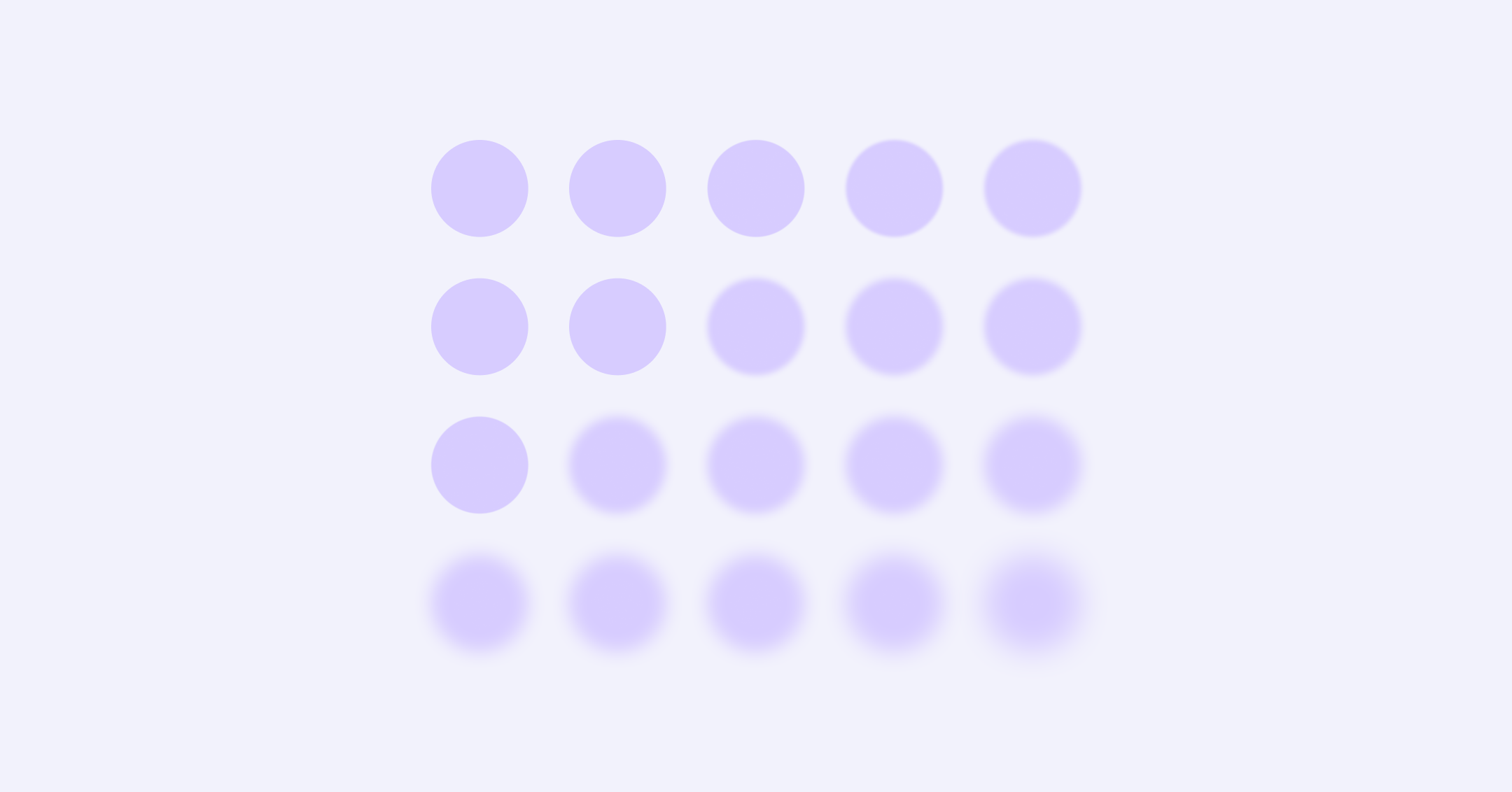Predominantly inattentive ADHD, formerly diagnosed as ADD, is a common presentation of ADHD characterized by symptoms like distractibility, lack of focus, and frequently losing important items.
People with inattentive ADHD, many of whom are AFAB, often go without a diagnosis because they may not be as disruptive when they’re children.
Getting ADHD treatment and learning new skills can help you learn how to manage the effects that inattentive ADHD has on your life.
Attention-deficit hyperactivity disorder (ADHD) is one of the most common neurodevelopmental conditions affecting both children and adults. Around seven million children in the U.S. — and over 15 million adults — are diagnosed with ADHD. Of those people, around one in three live with the predominantly inattentive-type of ADHD.
There is a misconception that all people with ADHD are full of hyperactive energy; we might think of them as bouncing off the walls or constantly fidgeting. But people with inattentive ADHD may not present this way at all. This can lead their ADHD symptoms to go unnoticed for years, and many people — especially people who were assigned female at birth (AFAB) — don’t get the right diagnosis until adulthood.
What are the symptoms of inattentive ADHD?
Inattentive ADHD was formerly known as attention-deficit disorder, or ADD. Today, people presenting with symptoms of “ADD” are diagnosed with inattentive-type ADHD.
According to the Diagnostic and Statistical Manual of Mental Disorders (DSM), the text that mental health professionals use to make diagnoses and treatment decisions, the symptoms of inattentive-type ADHD include:
Being unable to pay close attention to details
Frequently making careless mistakes at school, work, or during other daily activities
Having trouble staying focused on tasks or play activities, like long meetings, conversations, or reading sessions
Seeming not to listen when spoken to directly, even when there’s no obvious distraction
Starting tasks but not following through on instructions, which often leads to unfinished schoolwork, chores, or duties at work
Struggling to organize tasks and activities
Avoiding or disliking tasks that require sustained mental effort, like homework or long reports
Losing items needed for tasks and activities, such as school supplies, keys, or your phone
Getting easily distracted by unrelated things or thoughts
Forgetting to do everyday activities, like keeping appointments, running errands, or paying bills
You must experience at least six of these symptoms across multiple areas of your life (like at work and in your relationships) to be diagnosed with inattentive ADHD. In addition, you must have experienced symptoms before age 12.
The care you need, when you need it
Learn how Rula can support your mental health journey
How does inattentive ADHD differ from other subtypes?
In addition to inattentive ADHD, there are two other subtypes: hyperactive-impulsive ADHD and combined-type ADHD. It’s helpful to understand the differences between the subtypes of ADHD. Although all three types are mostly treated in the same ways, your experience may differ depending on what type of ADHD you have.
Hyperactive-impulsive type ADHD causes symptoms of restlessness and hyperactivity. Children with this type of ADHD may “bounce off the walls,” while adults may feel more restless and agitated than hyperactive.
Combined-type ADHD is diagnosed when people experience symptoms of both inattention and hyperactivity.
The main difference between inattentive ADHD and other subtypes is that inattentive ADHD doesn’t necessarily cause the hyperactive, restless energy that’s so typically associated with ADHD.
People with inattentive ADHD aren’t necessarily overtalkative. They may not constantly get out of their chair or interrupt others. Children with inattentive ADHD may not cause any disruption at all. Rather, they may be the quiet student daydreaming in the back of the classroom.
Because inattentive ADHD can look so different from how people expect ADHD to look, people with this subtype of ADHD often fly under the radar — leading to misdiagnosis or late diagnosis.
Research also shows that AFAB people are more likely to have predominantly inattentive ADHD than the other types. Experts believe this could contribute to so many AFAB people with ADHD not getting the right diagnosis until adulthood.
What causes inattentive-type ADHD?
The causes of ADHD are complex and multifaceted. Like many other mental health conditions, there’s no singular cause that leads to ADHD. Instead, research shows that ADHD can be caused by a combination of multiple risk factors, including:
Genetics and family history: Studies have shown that you’re more likely to have ADHD if you have a close relative with it. ADHD is thought to be up to 80% hereditary.
Brain differences: ADHD is a neurodevelopmental condition. These types of conditions appear during childhood years and affect a child’s brain development. Studies have found that people with ADHD experience differences in brain structure, especially in the prefrontal cortex.
People assigned female at birth are more likely to live with inattentive-type ADHD than other types. For this reason, being female may be an additional risk factor for developing inattentive-type ADHD specifically — although it’s not a risk factor for ADHD overall.
How can inattention affect your life?
Although predominantly inattentive ADHD may not cause the impulsive behaviors and hyperactivity associated with other types, the severe inattention and distractibility that come along with it can be very disruptive to your life.
Some day-to-day effects of inattentive ADHD symptoms you might notice as an adult include:
Often misplacing important items, like your keys
Frequently forgetting appointments
Missing deadlines because you’ve forgotten about tasks
Drifting off while people are talking to you
Getting lost in maladaptive daydreaming instead of getting things done
Needing people to repeat themselves several times because you can’t follow what they’re saying
Procrastinating on important but tedious tasks in favor of more engaging ones, even when doing so causes severe consequences
Children with inattentive-type ADHD often go unnoticed. For example, they may not be as behaviorally “disruptive” in the classroom, which may lead teachers and other adults in their lives to not realize that they may have ADHD. But this doesn’t mean that children with inattentive ADHD don’t need support. They may have difficulty academically or with procrastination.
This can cause additional learning and mental health problems, like depression or anxiety, which research has found are more prevalent in people with predominantly inattentive ADHD than other types. In addition, undiagnosed ADHD is untreated ADHD. Without treatment, ADHD symptoms can become worse and even debilitating.
Children with inattentive ADHD can receive negative reactions from the adults in their lives who don’t understand the diagnosis and what it entails. This can greatly shape a child’s self-image if they are frequently being criticized and met with frustration or anger.

Ashley Ayala, LMFT
Clinical reviewer
Four strategies for managing inattentive ADHD
All types of ADHD, including inattentive ADHD, are neurodevelopmental conditions, which means there’s no cure for it. If you live with inattentive ADHD, you’ll likely always experience some symptoms.
But that doesn’t mean your symptoms will always be severe and disruptive. There are many treatment methods and behavioral strategies that can help you manage your inattentive ADHD symptoms and possibly reduce co-occurring symptoms of anxiety or depression.
1. Get ADHD treatment
The best way to manage inattentive ADHD is to receive effective treatment for ADHD. ADHD is a chronic neurodevelopmental condition, but treatment can help you manage its symptoms. The most effective treatment methods for ADHD are medication, therapy, or a combination of both.
An ADHD provider can walk you through your treatment options and create a treatment plan personalized to your unique symptoms and needs.
2. Learn new organizational skills
Learning new skills tailored for people with ADHD can also be helpful. Traditional organizational skills, like time-management skills or study skills, may not be helpful for you if you live with ADHD. But a coach or therapist who’s experienced in working with people who have ADHD may be able to teach you organizational skills that work for your brain.
3. Be kind to yourself
When you live with inattentive ADHD, it’s easy to internalize labels that may have been placed on you throughout life — like “stupid,” “spacey,” or “lazy.” Especially if your ADHD is undiagnosed, it’s confusing not to have an explanation for your symptoms. This can have a damaging effect on your self-esteem and mental health.
It’s important to practice self-compassion. Be kind to yourself. Learn about ADHD, and understand that its symptoms aren’t your fault, nor are they a reflection of your intelligence. You simply have a brain that works differently, and that’s OK.
4. Use digital tools
Many people with inattentive ADHD use digital apps and tools to help them manage their symptoms. For example, many mobile apps can help you create lists to remember important tasks and deadlines. Other digital tools can plan your time for you, keep track of important information, and help you find misplaced objects.
Dig deeper:
Find care with Rula
If you live with inattentive-type ADHD, it’s possible that you haven’t received the diagnosis and treatment you deserve. At Rula, we’re committed to helping you get the right mental health treatment for your unique needs. We’ve helped hundreds of thousands of patients find affordable, quality, in-network therapy. There’s no monthly subscription required, and Rula patients can pay as low as $0 per therapy session.
Rula's editorial process
Rula's editorial team is on a mission to make science-backed mental health insights accessible and practical for every person seeking to better understand or improve mental wellness.
Members of Rula’s clinical leadership team and other expert providers contribute to all published content, offering guidance on themes and insights based on their firsthand experience in the field. Every piece of content is thoroughly reviewed by a clinician before publishing.




